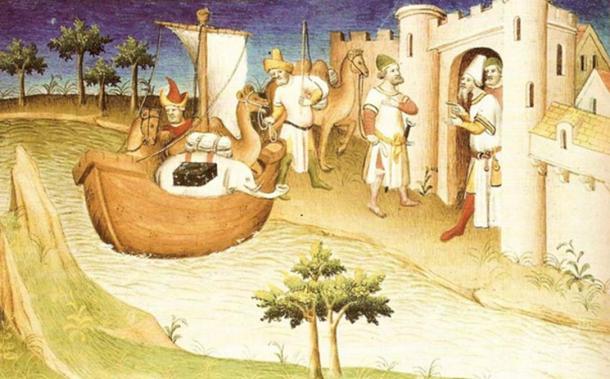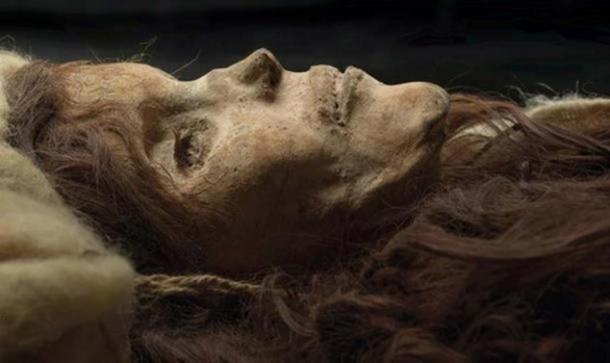New research suggests that Western explorers reached China more than 1,500 years before Marco Polo’s historic trip to the East, making it the first documented contact between Western and Chinese civilizations ever recorded. Now experts believe ancient Greeks may have inspired and helped build China’s famous Terracotta Army.
The BBC reports that the new theory is based on evidence from excavations at the Tomb of the First Emperor, where the Terracotta Army was found, as well as the results of a genetic study.
“We now have evidence that close contact existed between the First Emperor’s China and the West before the formal opening of the Silk Road. This is far earlier than we formerly thought,” said Senior Archaeologist Li Xiuzhen, from the Emperor Qin Shi Huang’s Mausoleum Site Museum [via BBC].
Until now, it was believed that explorer Marco Polo was among the first Europeans to make contact with China. Polo’s journey to Asia in the 13 th century was aimed at bringing some letters and valuable gifts from Pope Gregory X to the Mongol ruler of China, Kublai Khan. He was well received by the Great Khan and remained there for 17 years, where he amassed a great fortune. However, he was clearly not the first European to be there.
Instant Access to Current Spot Prices & Interactive Charts

Marco Polo travelling, Miniature from the Book “The Travels of Marco Polo” (“Il milione”), originally published during Polo’s lifetime (c. 1254 – January 8, 1324), but frequently reprinted and translated. ( Wikimedia Commons )
A genetic study has revealed European-specific mitochondrial DNA at ancient sites throughout Xinjiang Province in China, suggesting that Westerners travelled and settled there during the time of the First Emperor of China, Qin Shi Huang (259 – 210 BC), and even before. In fact, European contact may date back as far as 3,800 years ago, as a number of mummies were found in the Tarim Basin in China with distinctly Caucasian features, and a genetic study in 1993 revealed they had European DNA.
In her article ‘ The Beauty of Loulan and the Tattooed Mummies of the Tarim Basin’ , Margaret Moose writes: “The settlements along the Silk Road might very well have been meeting points where merchants from the west traded their goods for goods from the east. Having multicultural merchants would certainly have helped facilitate communication between the traders.”
“Mainstream historians have always had this strange concept that early people were not world travellers when in fact most evidence points to just the opposite. We are led to believe that many cultures lived in isolation and that the world was not truly explored until the last five hundred years,” she adds.

The Beauty of Loulan, a 3,800-year-old mummified woman with Caucasian features found in the Tarim Basin ( Sott.net).
In addition to the genetic research, new excavations carried out by archaeologists at Qin Shi Huang’s Mausoleum and documented for television by the National Geographic Channel and BBC, revealed new evidence that the 8,000+ terracotta figures found buried near the tomb were inspired by Greek sculpture and that the craftsmen may have been trained by ancient Greek artisans in the 3 rd century BC.




